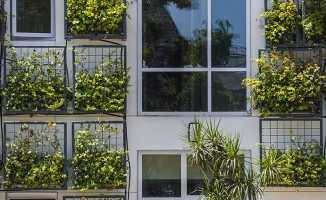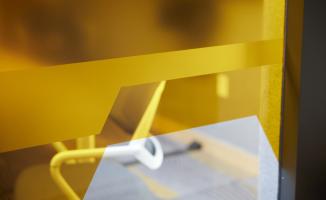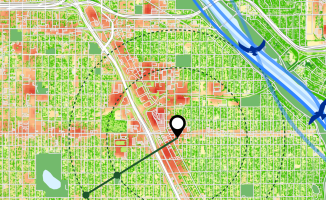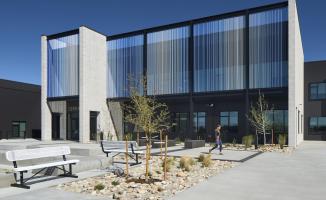Circular by Design
Circular by Design
Computational Design for Regenerative Economies
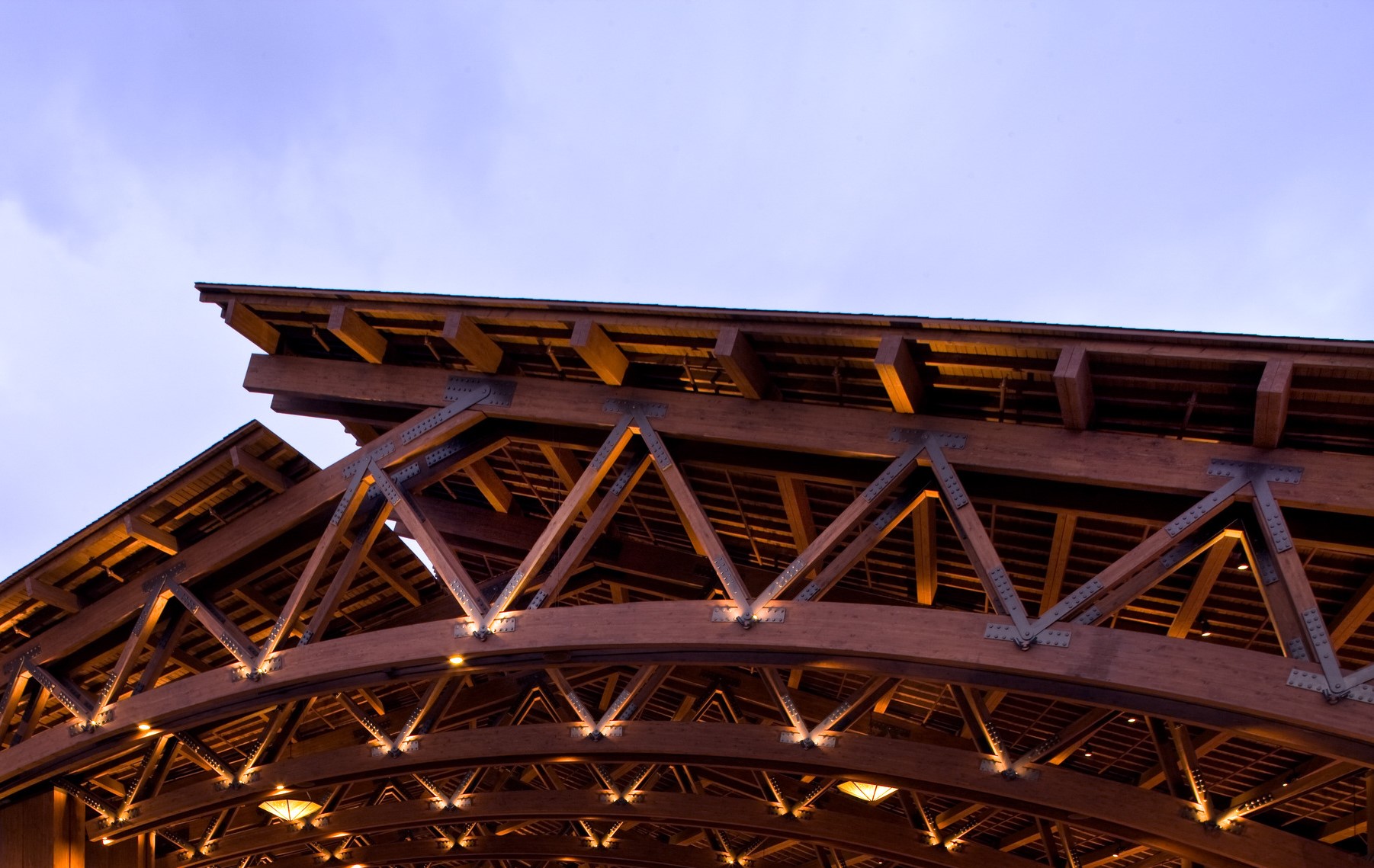
The circular economy is a necessary emerging business model in a world facing climate change. Today, Cuningham embraces the model and its ideas to create built environments that holistically respond to economic, environmental, and community needs.
But even active proponents of this model struggle to incorporate it into their work. According to a joint report by the Yale University Center for Ecosystems in Architecture and United Nations’ One Planet Network Sustainable Buildings and Construction Programme, “Transitioning to a circular built environment requires the design of multi-beneficial policies that take a whole building life-cycle and systems-thinking approach.”
To this end, a burgeoning tool is being leveraged by Cuningham’s designers: computational design. This method uses algorithms and parameters to solve design problems and create data-informed solutions—in turn, allowing us to better optimize materials, create smarter resource allocation, and develop predictive modeling for reduced waste.
Below, learn more about how designers at Cuningham use computational design to lay the groundwork for a healthier, more resilient, and more equitable future.
"In the era of circular economies and regenerative design, computational design is our compass, guiding us through the complexities of sustainability. It empowers us to accelerate innovation, minimize waste, and elevate precision in every delivery. As we harness the power of algorithms, we're not just designing for today; we're shaping a resilient, thriving tomorrow.”
Sepideh Emamzadehei
Design Technology Lead
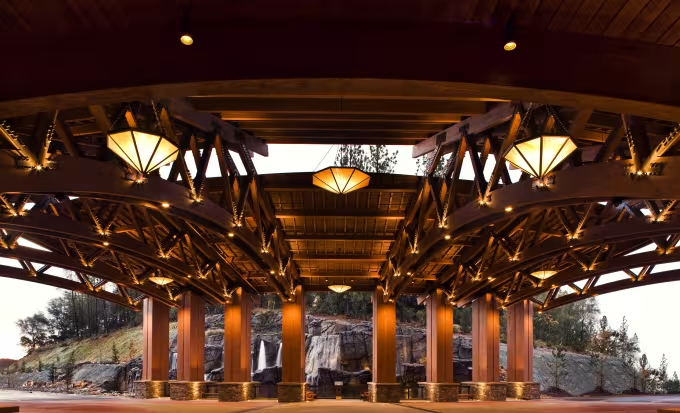
The Power of Computational Design in Crafting a Regenerative Future
In the design and construction industry, computational design is emerging as a game-changer, offering innovative solutions to age-old problems. Within the AEC industry, computational design is typically leveraged to achieve three central outcomes:
- Improve Efficiency by using rules and operations to organize space, define the form and evaluate iterations
- Increase Innovation by empowering designers with processes that support and enhance form-generation
- Enable Precision by providing data-driven solutions for Design for Manufacturing and Assembly (DFMA)
That said, Cuningham is one of the emerging firms leveraging computational design to a fourth, more aspirational outcome:
- Restore Environmental Outcomes by optimizing materials and resource allocation, and developing predictive modeling for reduced waste
What makes Cuningham’s computational design practice unique is that we approach solution development at the intersection of the circular economy and regenerative design—an approach that goes beyond simply reducing environmental harm, instead actively improving and restoring natural systems.
This means our computational design choices are made to holistically consider the entire lifecycle of a project and to create systems that are capable of self-renewal and self-sustenance. Such an approach fulfills not only current demands but also sets the foundation for a stronger, more just future.
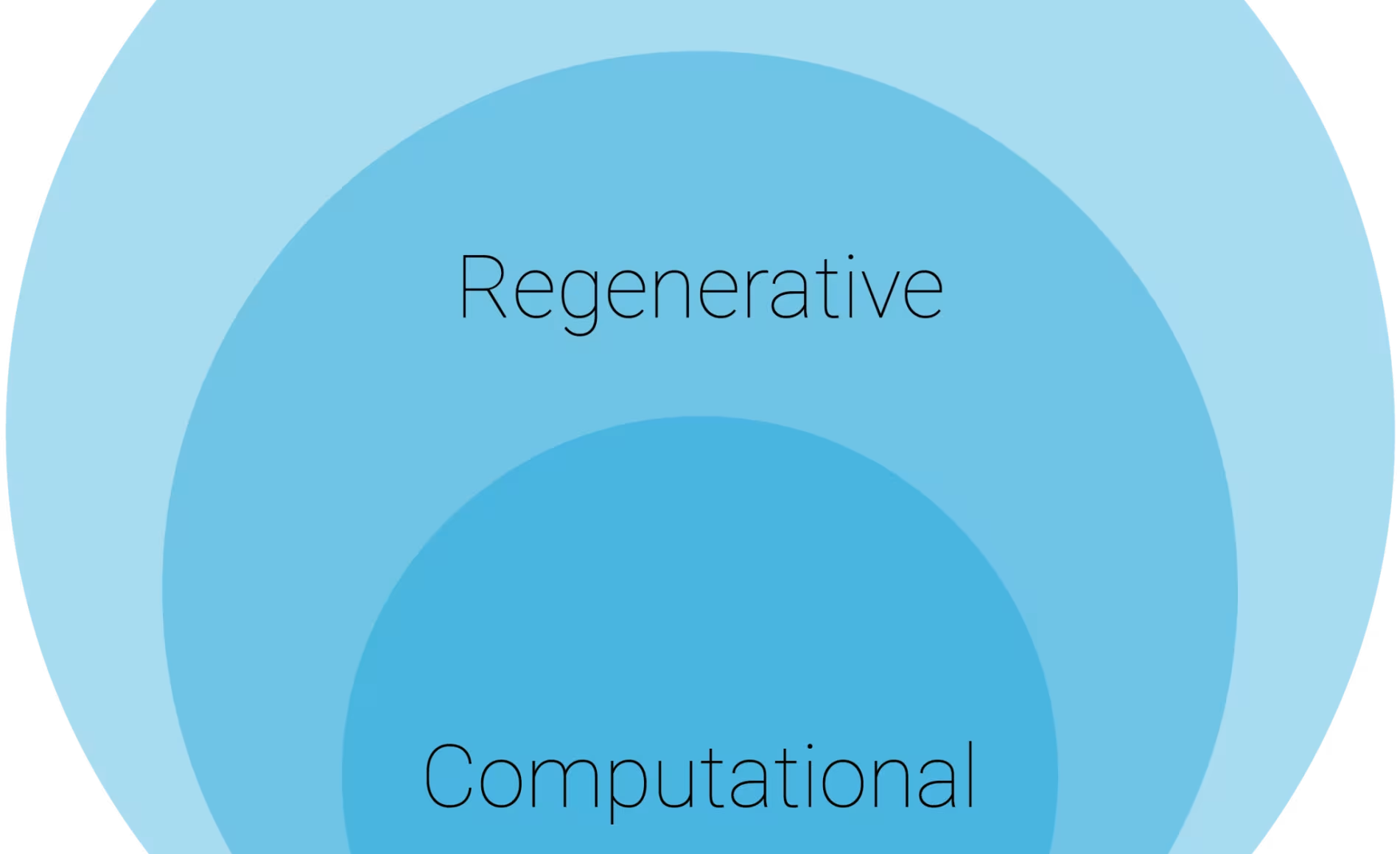
Cuningham’s Computational Approach in Action
To further detail how Cuningham creates solutions that are not only optimized and innovative thanks to computational techniques, but are also inherently sustainable and restorative, we propose a boardwalk project detailed below:

Advancing the Circular Economy
For this theoretical boardwalk project, our designers have embraced Circular Economy principles and are sourcing reclaimed wood and fasteners. Computational design allows them to go one step further and reduce waste during the construction processes by precisely arranging these recycled building components before being cut, meaning manufacturers can fully utilize available material and reduce scrap. For the shavings that are produced, they can be repurposed as mulch during the installation process. Not only are we reusing materials, but we are also making sure nothing goes to waste as a result of our processes.
Further, we can use our computational scripts to arrange components so that the boardwalk can be easily deconstructed and repurposed again in the future. In this way, computational design helps us consider both present and future needs.

Advancing Regenerative Design
In addition to embracing Circular Economy principles, the designers on our boardwalk project are also leveraging regenerative practices. They’ve selected native plant species and have included habitats for local wildlife, like birdhouses and pollinator gardens. So how can computational design be used on this project to further restore the surrounding natural ecosystem?
First, we can use computational tools to easily plot and iterate the least invasive form and path for the boardwalk by algorithmically generating a design solution with the fewest necessary ground contact points. We can also use these tools to leverage novel robotic fabrication, emulating nature's efficiency in the creation of a biomimetic, lightweight design for the boardwalk. This allows air, light, and water to circulate in and around the boardwalk—making the instillation less a human intervention and more a connected, contributing element of the natural ecosystem. Throughout this whole process, we are also limiting impacts to natural site by using offsite construction, which is made possible through the precision of computational design.
By leveraging computational design to optimize everything from material use to lightweighting and bills of materials for manufacturers, our hypothetical boardwalk is now part of the circular economy and can meet the needs of the present while also paving the way for a future that's healthier, stronger, and fairer.
Autodesk University
Autodesk University is a renowned annual event and an online learning hub hosted by Autodesk, a global leader in software solutions for design and engineering. Participants can access a vast repository of resources, from expert-led courses to interactive workshops, enabling them to stay updated on industry trends and harness the latest technologies for creative and technical projects. AU serves as a vital knowledge-sharing platform, fostering collaboration, networking, and the exchange of best practices among a global community of designers, engineers, and creators.
Speakers

Sepideh Emamzadehei
Sepideh is a Design Technology Lead at Cuningham, blending design and technology for innovative solutions. She leads and equips projects in computational design, focusing on integrated outcomes. With a background in math and a Master of Architecture, she implements complex computational solutions, leveraging advanced algorithms and Artificial intelligence frameworks. Sepideh guides designers in intricate projects, improving user experience and digital transformation. She provides technical support, visualizes data, and customizes workflows for better Regenerative solutions.
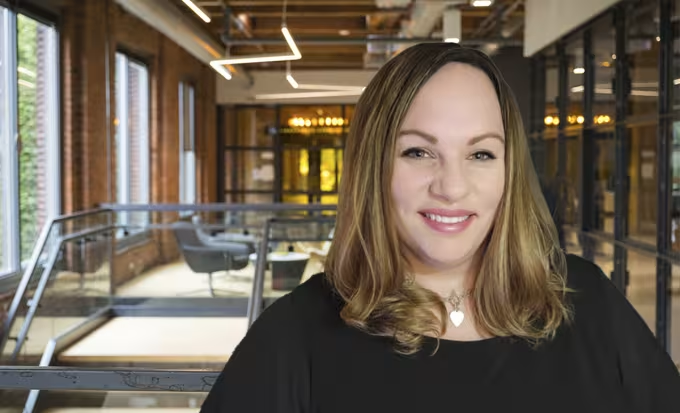
Emily Bisaga Dunne
Emily serves as the Director of Design Technologies at Cuningham. Prior to joining Cuningham, Emily was the Industry Outcomes Lead for Building Design at Autodesk. She has also served TK&A, MG2, CBT Architects, KPF, Perkins & Will, Smith Group, and Perkins Eastman and delivered 30 related speaking engagements in the past 8 years. She holds a Master of Architecture degree with a concentration in Real Estate Development from CUA and a Bachelor of Interior Architecture + Bachelor of Fine Arts degree from RISD.
